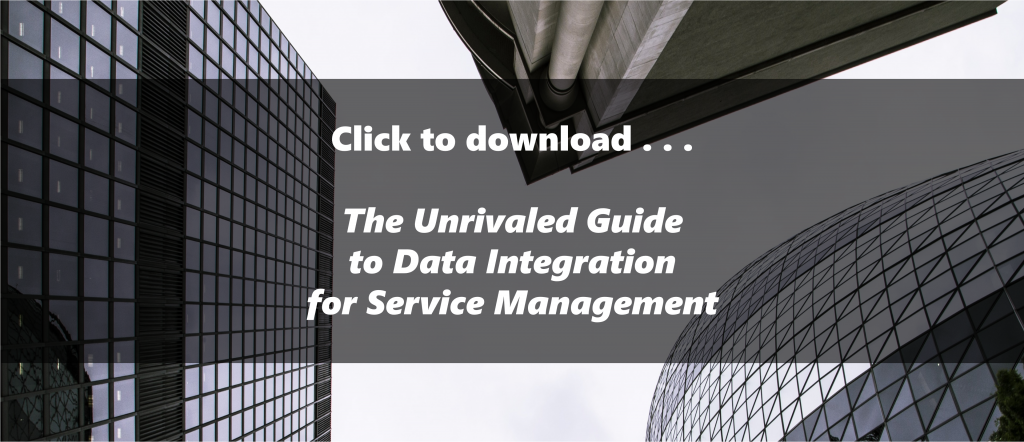Your Complete Source on Data Integration for Service Management
What’s the big deal about working with inaccurate data?
Let’s say that your enterprise wants to cross-sell to your current customers. But you wish to wait to do so for those particular customers who have open incidents with you.
If your company’s ITSM app does not update your reporting database in time, what kind of customer list will you get? The resulting bad data will likely lead to wasted sales time and increasingly dissatisfied customers. After all, how would you feel if your cable company called you to sell you a bigger TV-service package while that same company’s internet service to your house was failing at the moment?
Companies Afflicted by Bad Data
In either case of erroneously targeted communication, the trust tank is running low. Bad data about the customer status leads to inefficiency and demoralized customers.
Bad customer service is just one result of inaccurate data. The negative impacts are even greater when a CIO or CEO makes business decisions based on low-quality data. An entire business division or company can get off track.
Here’s Help . . .
On the other hand, better data leads to smarter decisions and a more effective workflow. According to Gartner, businesses can stamp out 80% of data errors through sufficient governance.
Getting the right data to the right place will certainly include ensuring that you have an integration solution in place. With the proper solution, you can connect systems securely, allowing you to preserve data quality.
We’ve thought through all the ins and outs of data integration. And now, the critical information is available for you in The Unrivaled Guide to Data Integration for Service Management.
In this guide, you’ll learn why companies integrate data, what good data integration looks like, and how you can maintain the health of your data-integration solution.
Download the guide by clicking the link below.










